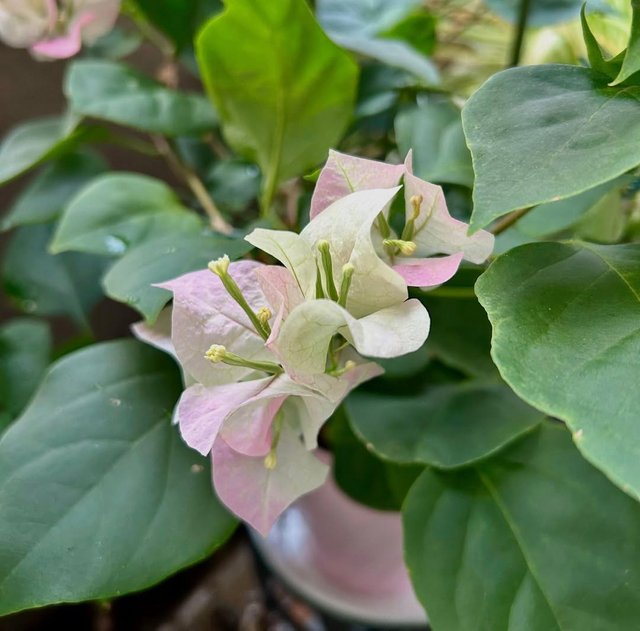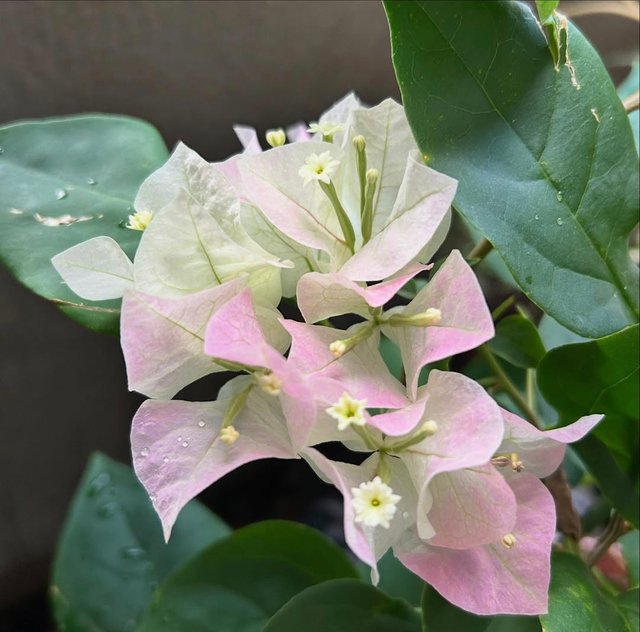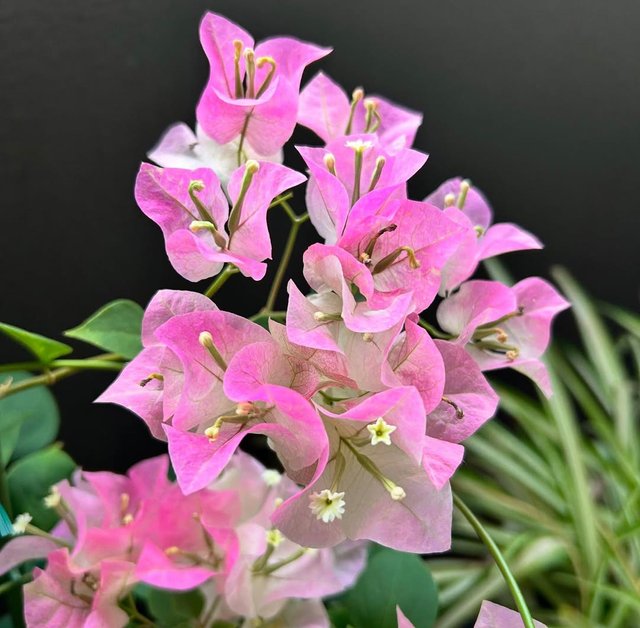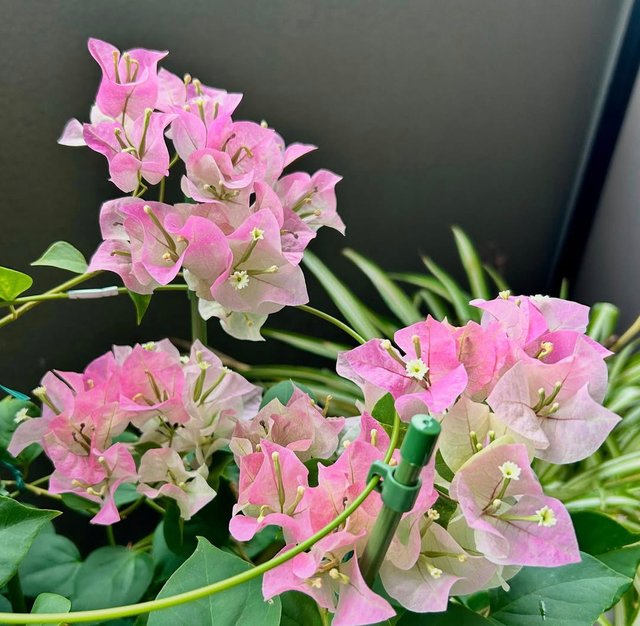Bougainvillea spectabilis Flower
Bougainvillea spectabilis is a widely admired ornamental plant native to South America, particularly Brazil, Peru, and Argentina.It is a vigorous climbing plant or shrub known for its spectacular and colorful display of bracts, which are often mistaken for flowers. The actual flowers of Bougainvillea spectabilis are small, tubular, and usually white or yellowish, but they are surrounded by large, papery bracts that come in striking shades of magenta, purple, pink, red, orange, and white, making the plant a favorite in gardens, landscapes, and decorative plantings.
This plant thrives in warm tropical and subtropical climates and is particularly valued for its drought tolerance and ability to grow in poor soils, making it highly adaptable to different environmental conditions. Bougainvillea spectabilis has a sprawling growth habit and can be trained as a vine to climb trellises, walls, and fences, or pruned into hedges and standalone bushes. Its thorny stems act as a natural defense mechanism, which also makes it suitable for security hedging in some regions. The plant blooms profusely during the dry season when water is limited, as stress often triggers a more abundant display of bracts.
In addition to its ornamental value, Bougainvillea spectabilis has traditional uses in herbal medicine in several cultures. Extracts from its leaves and flowers are sometimes used for treating ailments such as coughs, sore throats, diarrhea, and even to regulate blood sugar levels, although scientific validation of these properties is still limited. The plant plays an ecological role as well, attracting pollinators like bees, butterflies, and hummingbirds that are drawn to its nectar-rich flowers. Its resilience and low-maintenance nature have made it a popular choice for urban and rural landscaping worldwide, from roadside plantings to ornamental arches and pergolas. Bougainvillea spectabilis requires full sun for optimal blooming, as insufficient sunlight reduces bract formation. It prefers well-drained soil and minimal watering once established, as overwatering can cause root rot and reduce flowering.




